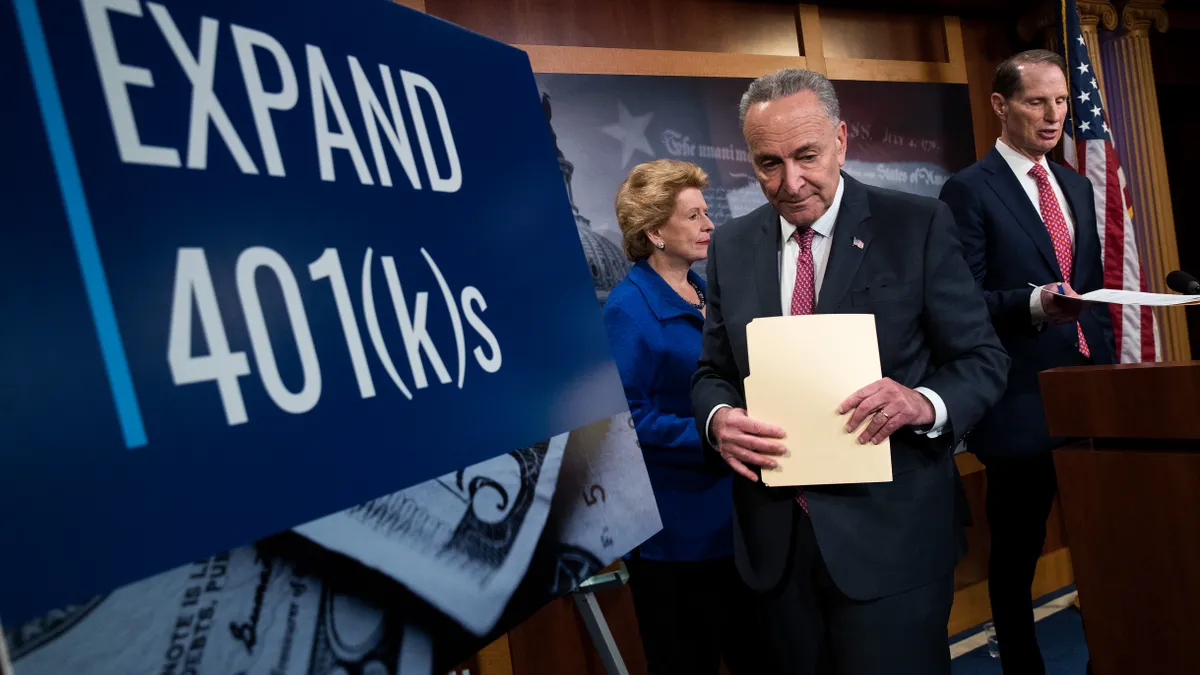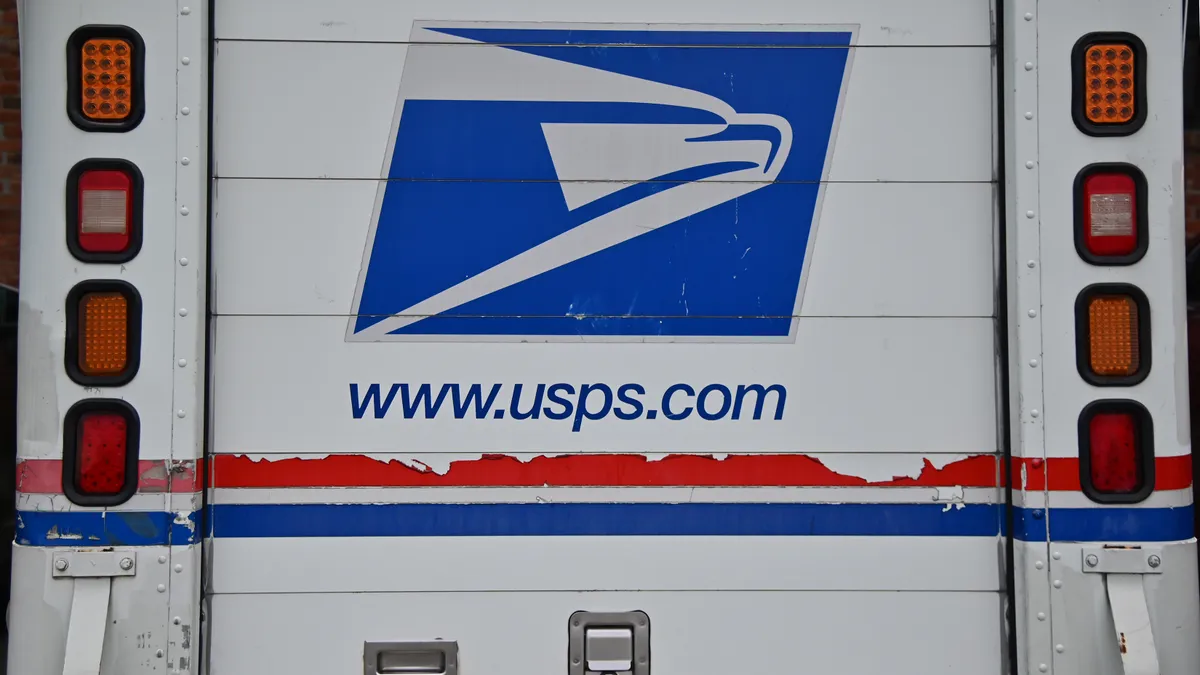Nearly 50 years ago, former President Gerald Ford put pen to paper on one of the bedrock federal laws governing employee benefits: the Employee Retirement Income Security Act, commonly known as ERISA.
During his remarks at a White House signing ceremony on Labor Day 1974, Ford said that the law would “probably give more benefits and rights and success in the area of labor management than almost anything in the history of this country.”
That lawmakers placed ERISA on Ford’s desk was no random event. Seeds of anxiety on the topic of retirement security had been planted approximately one decade earlier, when troubled automaker Studebaker terminated its pension plan. Thousands of the company’s employees received drastically reduced benefits as a result, according to a 2014 article in the Journal of Accountancy, and some 2,900 workers received no benefits at all.
Such cases of pension fund mismanagement drove Congress to enact ERISA to protect retirement savings as well as the ability of people to retire with dignity, Charles Field, managing partner at Sanford Heisler Sharp, told HR Dive. The law vests regulatory authority in the U.S. Department of Labor to ensure that those who manage and control retirement plan assets exercise fiduciary responsibilities such as acting in the interest of plan participants.
“This legislation will alleviate the fears and the anxiety of people who are on the production lines or in the mines or elsewhere, in that they now know that their investment in private pension funds will be better protected, they have a vested right, they are certain, obviously, of better management of those funds,” Ford said.

Not just retirement
Though originally targeted at shoring up pension plans, ERISA is today a broad, all-encompassing employee benefits law. It has been amended over the years to cover defined contribution plans such as 401(k) plans as well as various healthcare insurance plans.
The latter group of laws includes the Consolidated Omnibus Budget Reconciliation Act of 1985, or COBRA, which provides for continuation of healthcare coverage for employees and their beneficiaries under certain circumstances. Another, the Health Insurance Portability and Accountability Act, added protections for sensitive patient health information.
“It certainly didn’t stand still,” Barbara Marder, president and CEO of the Employee Benefit Research Institute, said of ERISA. “It both stood the test of time [and] also evolved with the times.”
The landscape of retirement savings changed, too. The emergence of defined contribution plans shifted the risk of loss — which, under traditional pension plans, was borne mostly if not entirely by employers — onto the employee, said Field.
In a 401(k) plan, for example, employees must choose wisely between a set of investment options provided to them by the plan. But those in charge of plans also must select those options carefully, in line with the law’s requirements.
“Employers have to keep in mind that they owe a fiduciary duty to these employees,” Field said. “As long as they do that and take it seriously, are careful, diligent and put the time into it, there shouldn’t be a problem.”
The U.S. Supreme Court further defined the parameters of fiduciary responsibility over the years in cases like 2015’s Tibble v. Edison International, in which it held that ERISA requires fiduciaries to continually monitor investments and remove imprudent ones. The court further outlined this requirement in the 2022 decision Hughes v. Northwestern University.
In recent years, regulators under both the Obama and Biden administrations have attempted to expand the scope of investment advice that would be subject to ERISA’s fiduciary responsibilities.
The U.S. Department of Labor issued its most recent final rule on the subject in October 2023, proposing a change to its five-part test for identifying fiduciary advice to include advice that is given by persons who do so “on a regular basis as part of their business.” A Texas federal judge issued a stay of the rule last month.
Preemption and emergence of state laws
Other changes to ERISA include the SECURE 2.0 Act’s creation of pension-linked emergency savings accounts, a form of short-term savings account that can be maintained as part of a retirement savings plan.
One aspect of the law has not changed, however, and that is its preemption of state and local laws that legislate aspects of employee benefits. ERISA preemption is top of mind for employers operating in multiple jurisdictions; the Business Group on Health’s recent survey of large U.S. employers found that “protecting and affirming ERISA preemption” was their highest priority for federal regulators and lawmakers.
Without ERISA preemption, “it would be very difficult for [employers] to manage health plans,” Marder said. But states have begun to challenge this aspect of the law in subtle ways.
For example, the city of San Francisco passed its 2006 Health Care Security Ordinance in part requiring employers to make a certain level of healthcare expenditures for each covered employee or else make payments directly to the city. Local business challenged the ordinance, arguing that it was preempted by the ERISA, but the 9th U.S. Circuit Court of Appeals disagreed.
Employers are concerned, however, that chipping away at ERISA’s preemption could expose them to a patchwork of state laws that “undermines one of the main purposes of ERISA,” said Ben Conley, partner at Seyfarth Shaw, which is that the law allows employers to offer uniform benefits to employees. “The erosion of ERISA preemption is certainly troubling.”
More broadly, organizations have more work to do in terms of educating employees on their rights and protections under the law, Marder said. Despite the efforts of regulators to inform the public about the ERISA, “I think there’s still a lack of awareness there,” she continued.





















